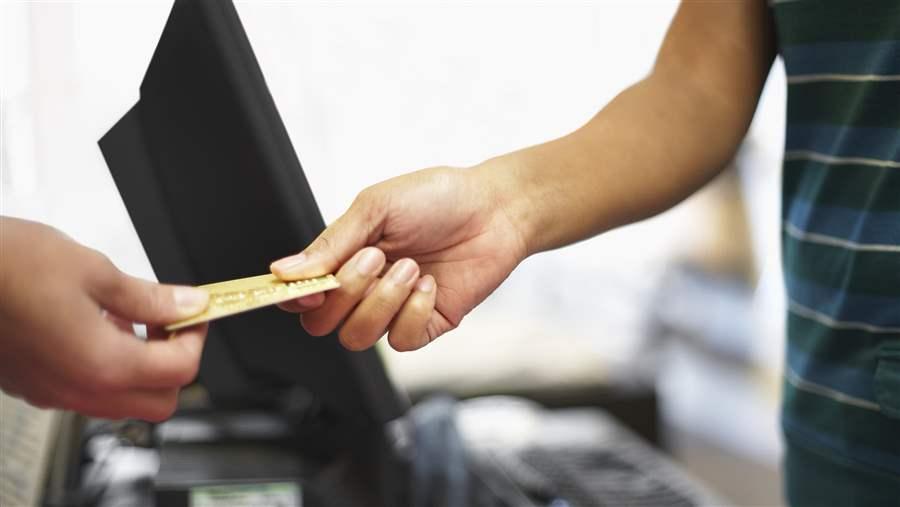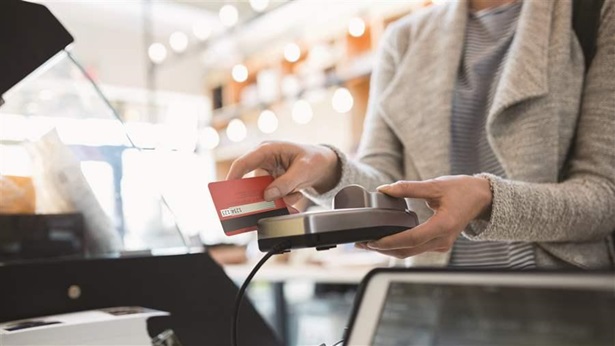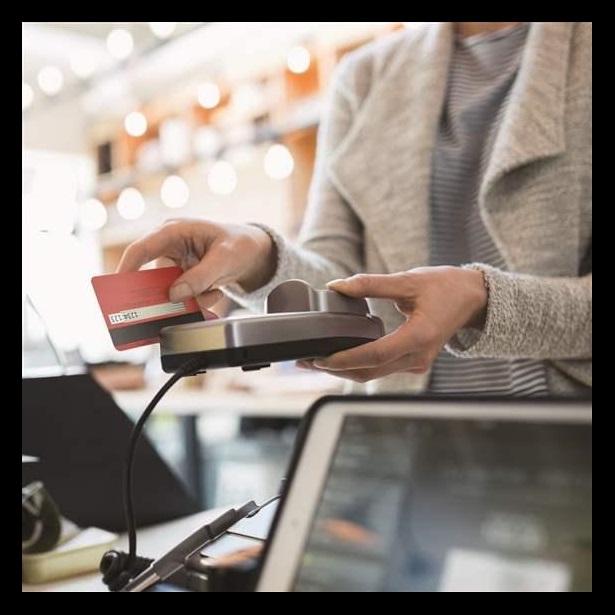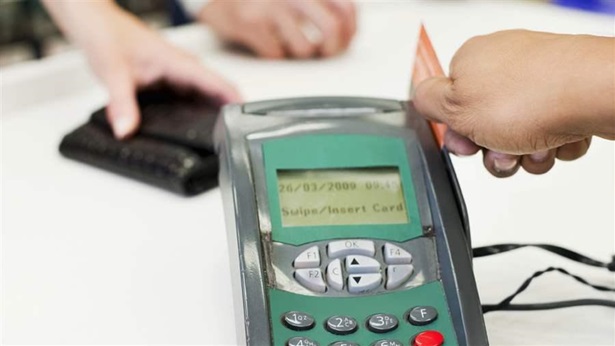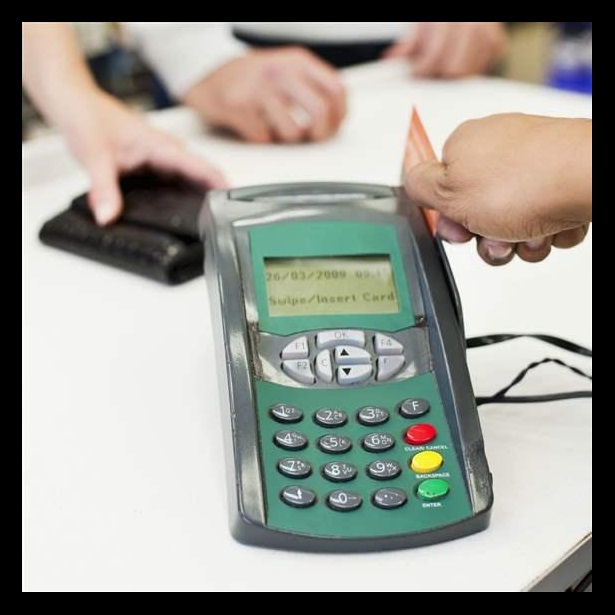CFPB Protects Prepaid Card Users From Costly Overdraft Fees
In final rule, bureau fulfills its proposal to restrict high-risk programs
The Consumer Financial Protection Bureau (CFPB) today finalized rules to regulate prepaid cards and provide protections for 23 million U.S. adults who use them each month and followed through on its original plan to keep prepaid cards free from overdraft penalties. By staying the course, the bureau has closed the door on practices that could have compromised consumers’ ability to use these products safely and stay out of debt.
Prepaid cards allow users to load their funds with direct deposit, checks, or cash and then withdraw money from ATMs or make purchases at retail outlets. Many consumers rely on prepaid cards as a supplement to a conventional checking account, but for the millions who do not have bank accounts—the “unbanked”—the cards often serve as a primary transaction account. For these users, robust protections are even more important. The CFPB’s rule—which also requires uniform disclosures that conform to Pew’s recommendations and limits the harm that can result from lost or stolen cards—makes prepaid cards a safe product for all.
Most prepaid cards help consumers manage their money and avoid expensive overdrafts by automatically declining transactions that would overdraw their accounts, a practice that consumers support. In a survey conducted by Pew, a large majority of unbanked cardholders (72 percent) said they use prepaid cards to avoid overdraft fees. Further, 86 percent said they would prefer to have their transactions declined than pay a $35 overdraft fee. Pew research also found that overdraft penalties are the most common reason that unbanked consumers do not have traditional checking accounts.
The new rule will prevent prepaid cards from presenting the same pitfalls as traditional checking accounts. Overdraft programs were once intended for infrequent and accidental occurrences. However, for many consumers, they now function as high-risk and extremely expensive short-term loans—the typical interest rate is 17,000 percent—but without the protections that cover other credit products. Not surprising, 87 percent of overdrafters are somewhat or very concerned about the cost of these programs, and 80 percent say overdraft practices and fees should be more closely regulated. The CFPB’s overdraft restrictions in its prepaid card rule should serve as a steppingstone to urgently needed reform of checking account overdraft services.
Those who have the least should not pay the most. Yet the billions of dollars charged each year in overdraft fees are paid disproportionately by a small share of financially vulnerable consumers: Just 18 percent of account holders pay 91 percent of all overdraft fees triggered by checks, debit cards, and other electronic transactions. These customers—mostly millennials, Gen Xers, and people with below-average incomes—paid more than three $35 overdraft and nonsufficient-funds fees in the past year, and those fees consumed nearly a week’s worth of their household incomes on average.
The bureau’s decision to follow through on its proposal to protect consumers from expensive overdraft penalty fees on prepaid cards provides a roadmap for strong consumer protections applicable to all transaction accounts. The CFPB is in the process of determining what actions are needed to safeguard checking accounts, the financial product that most households rely on every day to pay bills and make purchases. The bureau needs to write strong rules that prevent overdraft programs from acting as costly and unsustainable forms of short-term credit for at-risk consumers, regardless of the type of account used. Limiting the size of overdraft fees, the frequency with which customers can incur them, or the overall costs that consumers could bear would provide needed protections. The CFPB should set reasonable constraints on overdraft fees and help banks create new small-credit options for those who want them by allowing safe, affordable loans.
Thaddeus King is an officer with the consumer banking project at The Pew Charitable Trusts.
